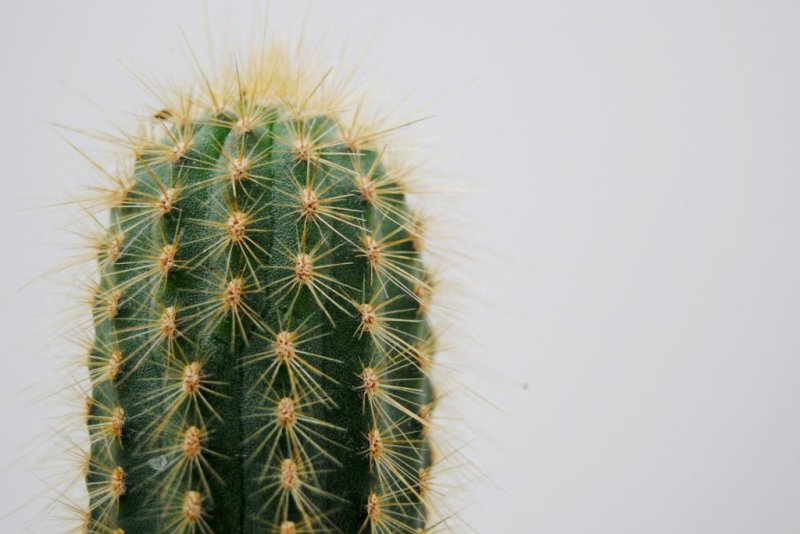Scientists are looking to nature -- beetles, desert grasses and cactus needles -- for new ways to collect and store water in the desert. Photo by Stephen Shaver/UPI
Dec. 28 (UPI) -- As populations in arid and semi-arid regions grow, additional pressure is placed on already stressed water resources. In hopes of easing the pressure, some scientists are looking to nature for new and sustainable water-collecting strategies.
In a new survey -- published this week in the journal Philosophical Transactions of the Royal Society -- researchers at Ohio State University analyzed the scalability of the water-collection strategies deployed by cacti, beetles and desert grasses.
Cacti collect water droplets on their needles and use their conical spines to guide the water down their sides to the base of the plant. Beetles collect water droplets on small spines on their backs, while ridges help guide the condensation toward the mouth. Desert grasses collect condensation on their tips and funnel the water toward their roots using ridges.
Researchers used 3D printers to recreate the various water-collecting structures and patterns at larger scales. The various shapes and patterns were tested inside a foggy chamber.
Inside the humidified chamber, conical shapes gathered more water than cylindrical shapes. Ridged materials collected more water than smooth materials.
Tests also showed cones made of hydrophilic materials -- materials that encourage water to collect and bead -- collected the most water.
"The beetle's surface material is heterogeneous, with hydrophilic spots surrounded by hydrophobic regions, which allows water to flow more easily to the beetle's mouth," Bharat Bhushan, professor of mechanical engineering at Ohio State University, said in a news release.
In Chile's Atacama Desert, farmers use nets to collect condensation from the desert air for watering their crops. Bhushan and his colleagues think their work could be used to develop more efficient water collection structures.
In future tests, researchers hope to further scale up their water collection structures for use outside the lab -- in the actual desert.
"Water supply is a critically important issue, especially for people of the most arid parts of the world," Bhushan said. "By using bio-inspired technologies, we can help address the challenge of providing clean water to people around the globe, in as efficient a way as possible."















